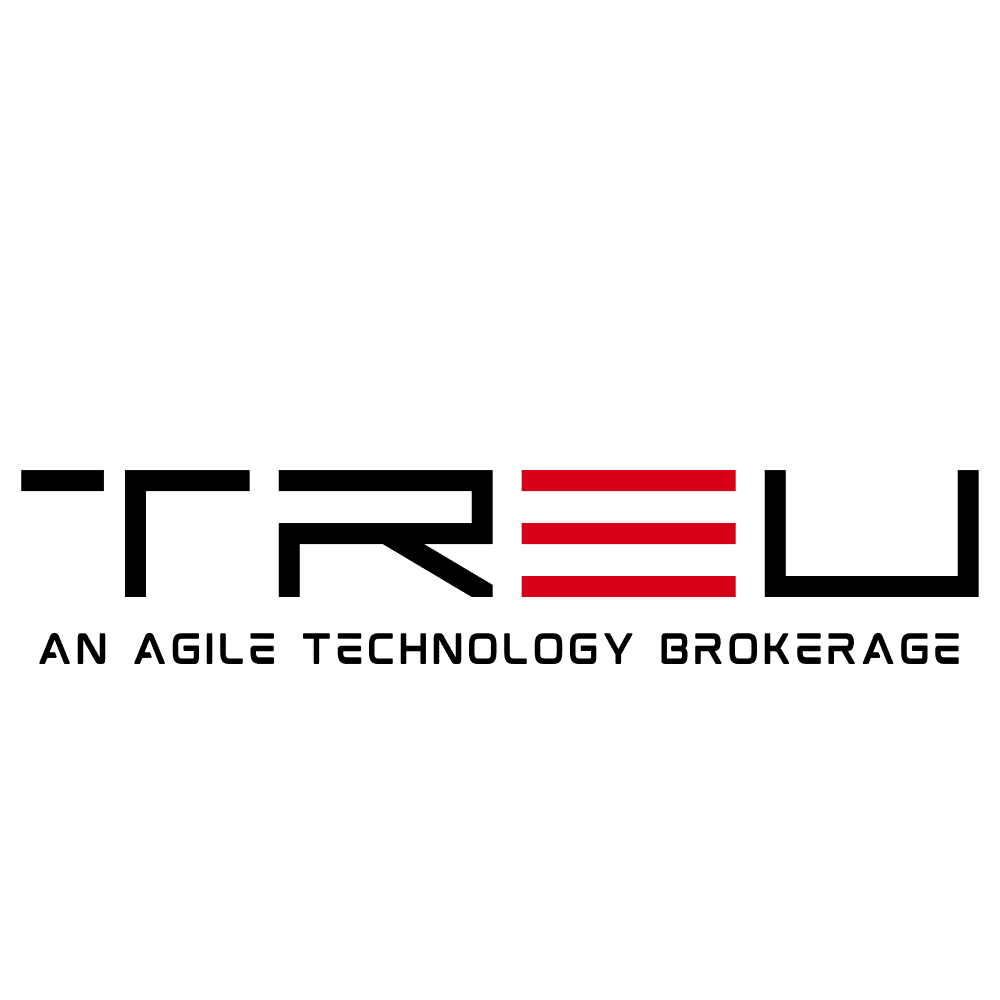Agentic AI Set to Transform US Banking, Say Executives
In a rapidly evolving financial landscape, the latest research suggests that Agentic AI is primed to revolutionize how the U.S. banking industry operates. According to a recent study released on GlobeNewswire (October 27, 2025), nearly two-thirds of banking executives believe that Agentic AI will reshape workflows, customer interactions, and operational efficiency in fundamental ways. As banks continue to recover post-pandemic and embrace digital transformation with urgency, the rise of AI—particularly Agentic AI—is emerging as a game changer.
What Is Agentic AI?
Agentic AI refers to a new class of artificial intelligence systems designed to act autonomously in pursuit of defined goals. Unlike traditional software or rule-based AI, Agentic AI systems are capable of:
- Initiating actions without continuous human oversight
- Planning and adapting based on outcomes and shifting priorities
- Integrating contextual awareness for decision-making
These capabilities make Agentic AI especially powerful in industries like banking where workflows are often complex, data-driven, and highly regulated.
Why Banking Executives Are Embracing Agentic AI
The report highlights that 66% of U.S. banking executives believe Agentic AI will be a transformative force. This optimism is largely driven by the technology’s potential to radically enhance four core areas in banking:
1. Personalized Customer Experience
Agentic AI can analyze vast troves of customer data in real-time—everything from financial behaviors to interaction history—and use it to:
- Create hyper-personalized financial products
- Proactively offer budgetary guidance or fraud alerts before customers even request help
- Enhance multi-channel engagement by syncing interactions across mobile apps, call centers, and in-branch consultations
For consumers demanding faster, smarter, and more intuitive financial services, this capability is a massive value-add.
2. Operational Efficiency and Automation
One of the most compelling use cases for Agentic AI lies in the automation of internal processes. Tasks such as compliance reporting, loan approvals, and risk assessments—which once required teams of analysts—can now be handled by intelligent systems. Executives acknowledge that Agentic AI can:
- Slash operational costs
- Minimize friction in back-office workflows
- Reduce the margin of human error in critical financial activities
This enables traditional and digital-first banks to redirect their human workforce toward higher-value strategic functions.
3. Fraud Detection and Risk Management
Financial crime is growing more sophisticated by the day. Agentic AI systems can continuously monitor for anomalies in consumer behavior or inconsistencies in transactional data. According to the report, AI-driven systems will reshape existing risk frameworks by offering:
- Real-time fraud detection with almost zero latency
- Predictive analysis of suspicious activities before they escalate
- Continuous adaptation to emerging threats and regulatory shifts
In a compliance-heavy industry, such proactive defense mechanisms could guard billions in customer assets while restoring trust in financial systems.
4. Intelligent Decision-Making and Strategy
The most forward-thinking banks are deploying Agentic AI not just for execution but for ideation. These systems can process market trends, transaction datasets, and customer feedback to help executives make informed decisions quickly. Expect Agentic AI to soon assist leadership with:
- Forecasting future market opportunities
- Allocating resources efficiently
- Evaluating the outcome of different growth strategies
Suddenly, AI becomes more than just a tool—it becomes a strategic advisor.
Challenges and Considerations Ahead
Despite the enthusiasm, banking leaders are also clear-eyed about the challenges of implementing Agentic AI systems at scale. These include:
- Data privacy and compliance: Ensuring sensitive customer data is managed ethically and in line with regulatory frameworks like GDPR, GLBA, and evolving AI governance policies.
- Bias and fairness in automation: Agentic systems must be transparent and scrutinized to avoid replicating systemic biases in lending, hiring, or fraud detection.
- Workforce implication: While many jobs will be enhanced by AI, there is growing concern about workforce displacement and the need for immediate re-skilling.
Cybersecurity is another primary concern, as intelligent systems, if compromised, could be manipulated to take damaging actions autonomously. Financial institutions must double down on robust security infrastructure and real-time threat assessments for AI models.
Investing in AI Maturity
To effectively leverage Agentic AI, many banks are now reassessing their IT infrastructure, data architecture, and cultural readiness for AI-enabled transformation. The report calls out several key areas of investment in the coming year:
- Cloud-native AI platforms for real-time deployment
- Cross-functional innovation teams comprising data scientists, product managers, and compliance officers
- Enterprise-wide AI literacy programs to foster adoption and trust among staff and stakeholders
Institutions that successfully navigate this AI maturity arc are expected to enjoy a new competitive advantage across customer acquisition, retention, and innovation cycles.
The Bottom Line: A Tipping Point for Financial Services
With 66% of executives on board, it’s evident that Agentic AI is more than just a buzzword—it’s the next frontier in banking. From enhancing security and workflow efficiency to customizing the customer experience like never before, Agentic AI is poised to not just augment but also autonomously drive progress in a sector that is long due for smarter transformation.
As banks calibrate their strategies to include Agentic AI, the future of financial services will look increasingly digital, data-driven, and intelligently proactive. Institutions that embrace this shift—and do so responsibly—will likely emerge as industry leaders in the next technological era of finance.

